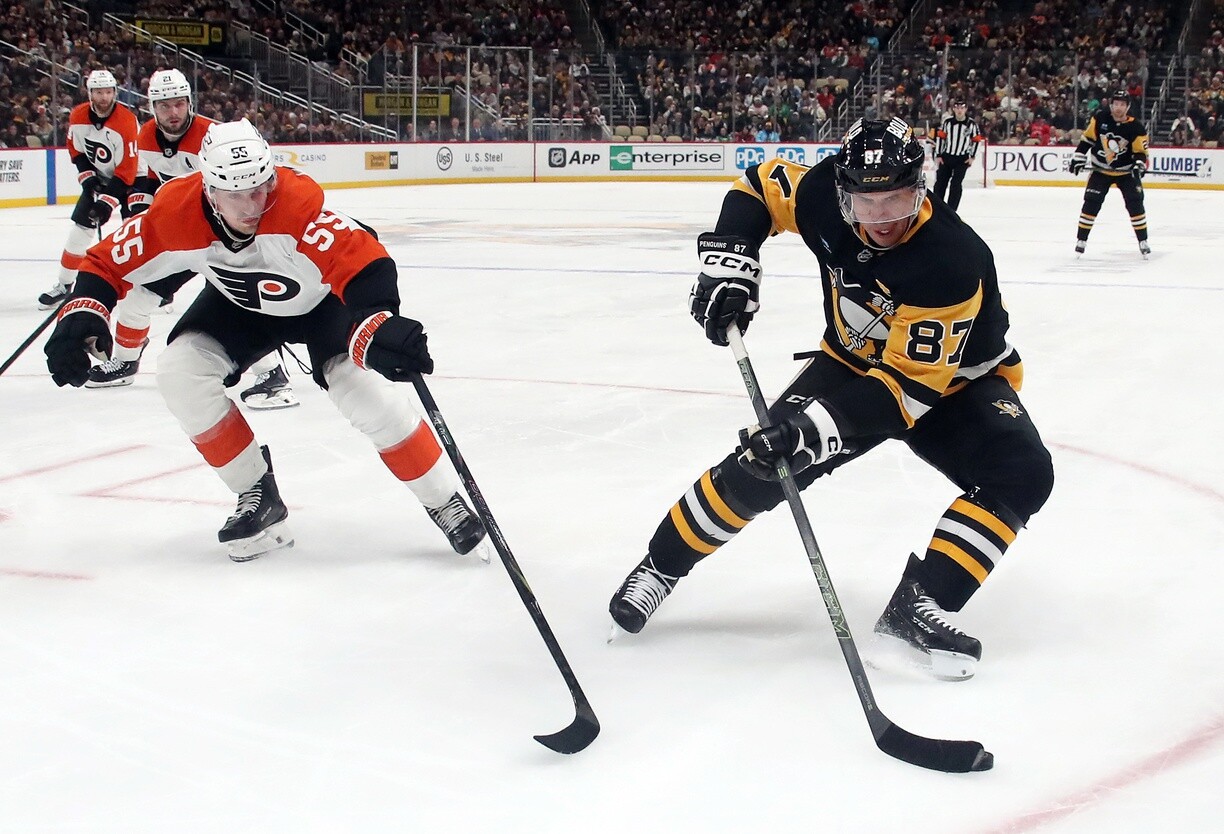As we move towards training camps and the start of the 2025-26 NHL season, the Philadelphia Flyers and Pittsburgh Penguins find themselves at pivotal points in their respective histories. Each team’s fanbase is aware this year is unlikely to yield playoff hockey, let alone a run deep into spring. With online sports betting in Pennsylvania echoing this lack of optimism, the Flyers are posting pre-season odds of +10000, and the Penguins are sitting at +8000 to win the Stanley Cup—longshots by any metric. After both franchises finished at the bottom of the Metropolitan Division last season, expectations for immediate contention are understandably muted. The prevailing mood in Pennsylvania’s hockey circles is one of patience. Each team embraces a transition rather than expecting contention, channeling attention to roster development, prospect evaluation, and signs of team identity under new or evolving leadership.
Flyers: A New Era with Rick Tocchet and a Goaltending Shuffle
The Flyers have officially turned the page from the John Tortorella era, hiring Rick Tocchet as their new head coach in May. Tocchet, a respected former Flyer, returns to Philadelphia after a successful stint with Vancouver. His hiring signals a desire from management to foster player development and build anew. General Manager Daniel Briere and President of Hockey Operations Keith Jones hope Tocchet’s combination of experience, leadership, and personal connection to the franchise will ignite a new culture in a group starved for stability.
On-ice, the Flyers wrapped up last season at 33-39-10, missing the playoffs for the fifth straight year—the joint-longest such run in franchise history. Offense again proved an issue, as the team finished near the bottom of the conference in goal production. With Carter Hart moving on, Philadelphia has restructured its goaltending situation around Sam Ersson, who showed flashes last season but remains untested mainly as a full-time starter for an entire schedule. Ersson, supported by Ivan Fedotov and Aleksei Kolosov, forms a trio that embodies opportunity and uncertainty. Veterans like Dan Vladar, reportedly on the radar, could be used as stopgap options if management seeks stability between the pipes.
Beyond goaltending, the Flyers will focus on developing their young core. Morgan Frost, who recorded 46 points, and Owen Tippett, who led the team with 28 goals, are expected to shoulder increased responsibilities. Sean Couturier’s health and leadership offer support down the middle, while defenseman Cam York will be counted on for significant minutes on the blue line.
Management’s moves over the past year—including the trades of Ivan Provorov and Kevin Hayes (who now finds himself in Pittsburgh)—have cleared the way for more youth and flexibility. Tocchet’s history of connecting with veterans and emerging players suits Philadelphia’s needs. The challenge will be managing expectations amidst growing pains, patching holes created by inexperience, and finding steadiness at the NHL’s most volatile position.
Penguins: An Aging Core and the Search for Balance
Across the state, Pittsburgh finds itself wrestling with a generational shift. The franchise stalwarts, Sidney Crosby, Evgeni Malkin, and Kris Letang, are still in the fold, but the team’s days as perennial contenders are behind them. The Penguins’ 34-36-12 showing last season left them outside the playoff picture again, leading to trades, such as dealing Jake Guentzel, that underscore management’s efforts to transition to a younger roster while remaining competitive.
General Manager Kyle Dubas faces the complicated task of extracting value from his veteran nucleus, integrating new faces, and assessing which prospects fit into the long-term vision. Rickard Rakell and Bryan Rust will be leaned on for supplementary scoring behind the big names. Up-and-comers such as Drew O’Connor and Valtteri Puustinen are expected to get shots to hold down full-time roles to add depth and provide more balanced play up front.
In goal, Tristan Jarry is set to start the season as Pittsburgh’s primary netminder, looking to recapture form after an uneven previous campaign. Joel Blomqvist, now in position for backup duties, gives the Penguins another homegrown option, though his consistency at the NHL level remains in question. Arturs Silovs, another goaltending prospect in the organization, could push for time if circumstances demand.
Adjusting to Reality
Both teams navigate rebuilding roads in a Metropolitan Division that does little to ease transitions. The Rangers, Hurricanes, and Devils present formidable obstacles, making playoff runs from either the Flyers or Penguins a remote possibility. Each club’s path to improvement will rely on modest year-to-year gains rather than overnight transformations.
For the Flyers, this means living through unpredictability in net, seeking growth from recent draft picks, and using Tocchet’s systems as a foundation for a refreshed identity. The Penguins must work to balance their reliance on established stars with investment in new, untested options, both on the ice and in the crease.
The Final Period
Ultimately, the Flyers and Penguins approach this season cautiously, fully aware that their rosters are in varying stages of overhaul. Philadelphia’s rebuild leans heavily into player development and trial by fire—a test of patience and process. Pittsburgh remains searching for a sustainable bridge between the old guard and the subsequent competitive iteration. Injuries, prospect maturation, and trade deadline maneuvers will all factor into the narrative as the season advances.
The 2025-26 campaign will not be defined by wins and losses alone for either franchise. Small successes, individual breakouts, and steps toward a cohesive team identity represent the accurate benchmarks for Philadelphia and Pittsburgh. While Stanley Cup dreams are distant, the journey—marked by leadership changes, goaltending auditions, and roster reshaping—may yield pivotal moments for the futures of both storied organizations.



